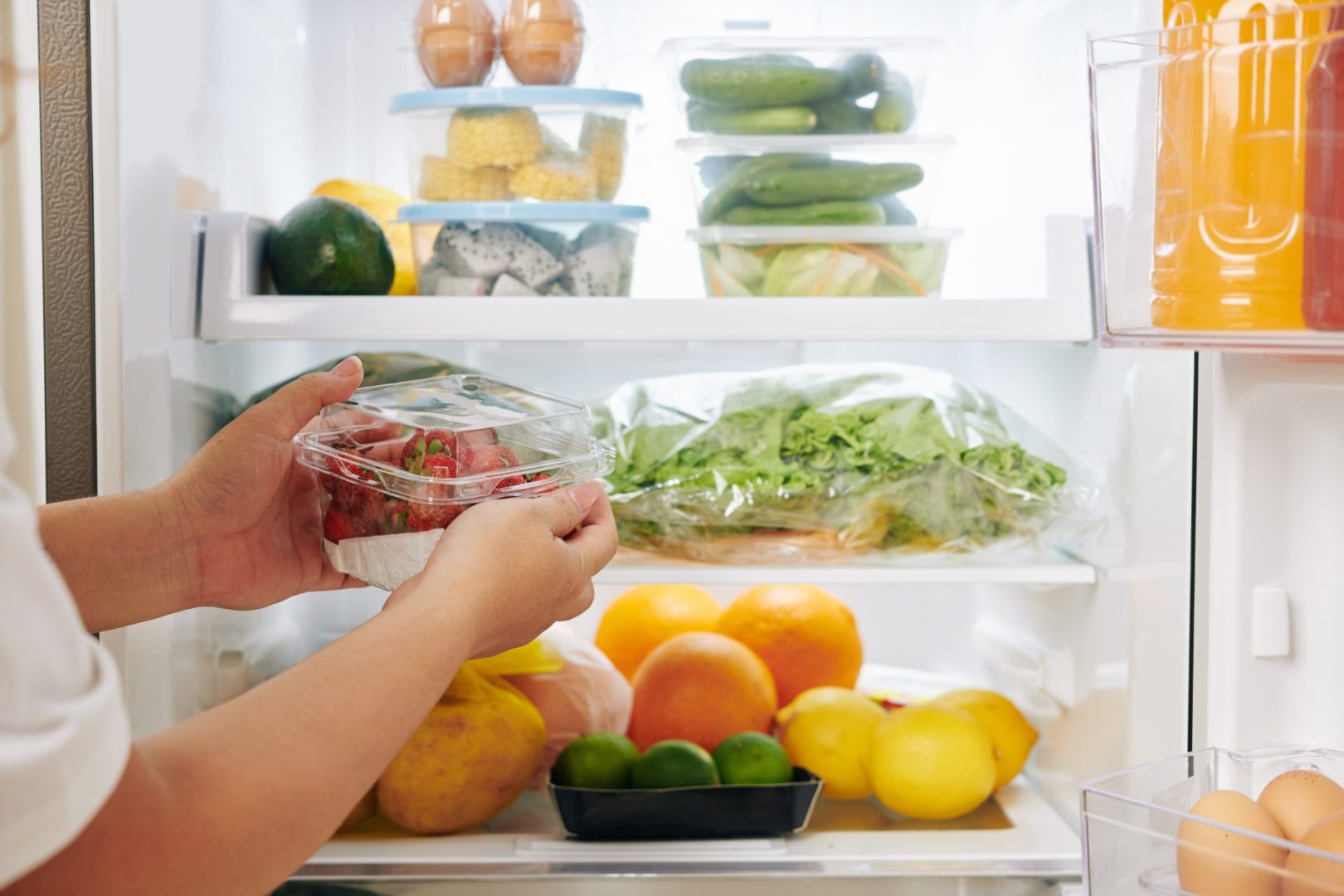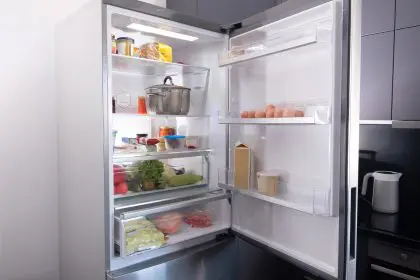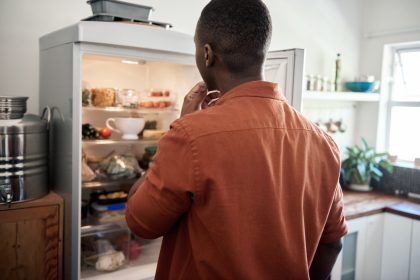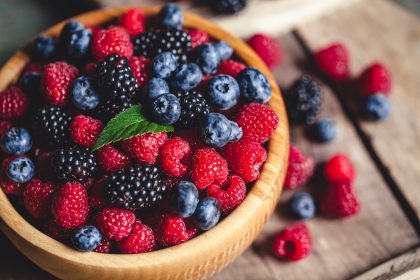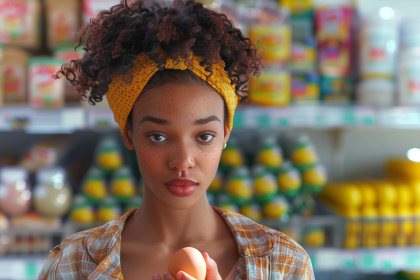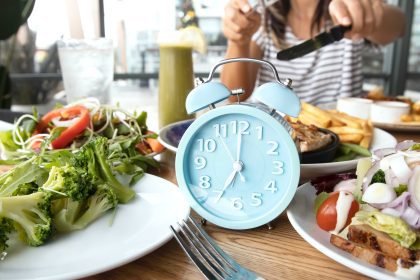Opening your refrigerator to discover slimy spinach or mushy strawberries isn’t just disappointing—it’s a hit to your wallet. Despite best intentions, the average household throws away significant amounts of produce each year due to improper storage. Food scientists and nutrition experts have identified several simple adjustments that can dramatically extend the life of your fruits and vegetables.
The science behind produce spoilage
What many home cooks don’t realize is that fruits and vegetables continue their biological processes long after being harvested. These living foods interact with their environment in ways that can either accelerate or slow their deterioration.
Many people treat all produce the same way, which is the root of most storage problems, different types of produce have dramatically different needs in terms of temperature, humidity, and even their proximity to other foods.
Understanding these differences can transform how long your produce remains fresh. The key lies in recognizing that fruits and vegetables don’t just passively sit in your refrigerator—they actively release compounds and respond to environmental conditions around them.
Why you should never store all produce together
Perhaps the most critical mistake many people make is storing all fruits and vegetables in the same refrigerator drawer. This seemingly innocent habit significantly accelerates spoilage for certain items.
Many fruits naturally release ethylene gas as they ripen, this gas acts as a ripening hormone that can dramatically speed decay in ethylene-sensitive vegetables nearby.
Common ethylene producers include bananas, apples, tomatoes, and avocados. When stored alongside vegetables like leafy greens, broccoli, cucumbers, or carrots, these gas-emitting fruits can cause the vegetables to yellow, wilt, or develop brown spots within days rather than weeks.
Creating separation between these two groups represents the single most effective step toward extending produce freshness. Even within your refrigerator, maintaining distance between ethylene producers and sensitive vegetables makes a substantial difference.
The humidity factor most people overlook
Modern refrigerators typically include crisper drawers with adjustable humidity settings, yet these valuable features often go unused or misunderstood. The humidity control directly affects how quickly moisture evaporates from produce—a crucial factor in freshness.
Fruits generally benefit from lower humidity environments. The ethylene-producing varieties mentioned earlier tend to rot rather than wilt, so excess moisture accelerates their deterioration. Setting crisper drawers to “low humidity” (usually indicated by a slightly open vent) creates ideal conditions for apples, pears, and stone fruits.
Vegetables, particularly those that tend to wilt or shrivel, thrive in high-humidity environments. Leafy greens, carrots, broccoli, and celery maintain their crispness when moisture loss is minimized. The “high humidity” setting (typically shown as a more closed vent) helps these vegetables stay hydrated and firm.
The difference between appropriate and inappropriate humidity can extend shelf life by days or even weeks for certain items, it’s essentially creating mini-environments optimized for different categories of produce.
Room temperature items versus refrigeration necessities
Not all produce belongs in the refrigerator. Several common fruits and vegetables actually suffer quality losses when stored at cold temperatures.
Tomatoes lose their flavor complexity and develop mealy texture when refrigerated. The cold temperatures disrupt the ripening process and alter the delicate balance of sugars and acids that create their distinctive taste. Store tomatoes at room temperature, stem-side down, away from direct sunlight.
Bananas develop black skin and strange textures when refrigerated while unripe. Their tropical origin makes them sensitive to cold temperatures, which damage cell structures within the fruit. Keep bananas at room temperature until they reach your preferred ripeness. At that point, refrigeration can pause further ripening if desired, though the skins will darken.
Potatoes convert their starches to sugars when stored below 50°F, resulting in undesirably sweet flavors and darkening when cooked. Keep potatoes in a cool, dark place like a pantry or cabinet, but not in the refrigerator.
Many tropical and subtropical fruits and vegetables simply weren’t designed by nature to handle cold temperatures, their cell structures can break down, creating texture problems or flavor changes.
The plastic bag debate resolved
The question of whether to store produce in plastic bags generates considerable confusion. The answer depends entirely on the specific fruit or vegetable and your storage timeline.
For highly perishable items like leafy greens, loose plastic bags with small perforations create an ideal balance—they retain enough moisture to prevent wilting while allowing ethylene gas to escape. Completely sealed bags often trap too much moisture, accelerating rot.
Punching a few small holes in plastic bags used for greens creates the perfect middle ground between excess moisture and dehydration.
Hard vegetables like carrots, celery, and radishes benefit from being wrapped in damp paper towels inside a loosely closed plastic bag. This method maintains high humidity directly around the vegetables while still allowing some airflow.
Berries represent a special case—they’re extremely susceptible to mold when moisture accumulates on their surfaces. Store unwashed berries in breathable containers lined with paper towels, and wash just before consumption.
Practical storage strategies for busy households
Beyond these scientific principles, several practical approaches can help busy households maximize produce freshness:
Prep strategically after shopping
Taking fifteen minutes after grocery shopping to properly store items pays significant dividends in reduced waste. Consider preparing certain vegetables immediately—washing and properly storing leafy greens or cutting celery into sticks stored in water. These prepared items remain visible in clear containers, increasing the likelihood they’ll be used before spoiling.
Create an “eat first” zone
Designate a specific area in your refrigerator for items needing prompt use. This visual reminder helps prioritize consumption of more perishable produce before it deteriorates.
Revive wilted produce
Many slightly wilted vegetables can be reinvigorated. Soaking limp celery, carrots, or leafy greens in ice water for 30 minutes often restores crispness. This technique works because plant cells can reabsorb water and regain their structural integrity if cell walls remain intact.
Freeze strategically
When you notice items approaching their prime, consider freezing them before quality declines. Berries freeze particularly well when arranged in a single layer on a baking sheet before transferring to containers. Many vegetables benefit from blanching—brief immersion in boiling water followed by cooling in ice water—before freezing to deactivate enzymes that cause quality loss.
Monitor ethylene-sensitive items
Some produce shows visible responses to ethylene exposure. Sprouting in potatoes and onions, yellowing in cucumbers and broccoli, and bitter flavors in carrots all indicate ethylene exposure. These changes serve as early warning signs that storage adjustments may be needed.
Item-specific storage recommendations
Certain high-value or commonly wasted items deserve special attention:
Berries: Store unwashed in breathable containers lined with paper towels. Inspect daily and remove any showing signs of mold to prevent spread.
Herbs: Treat like flowers—trim stems and place in a glass with water, loosely covered with plastic. Basil should remain at room temperature, while cilantro and parsley prefer refrigeration.
Avocados: Ripen at room temperature, then refrigerate to dramatically slow further ripening. This technique can extend the perfect ripeness window from hours to days.
Apples: Store away from other produce due to high ethylene production. Refrigeration extends shelf life significantly compared to room temperature storage.
Leafy greens: Wash thoroughly, dry completely using a salad spinner or towels, then store wrapped loosely in towels inside perforated plastic bags.
The real-world impact of proper storage
The difference between optimal and suboptimal storage extends beyond personal convenience. Food waste represents a significant environmental issue, with discarded produce contributing to greenhouse gas emissions when decomposing in landfills.
When we throw away produce, we’re not just wasting food—we’re wasting all the resources that went into growing, harvesting, and transporting that food, Proper storage represents one of the most impactful sustainability practices available to everyday consumers.
The financial implications also prove substantial. For a typical family, improved storage techniques can reduce produce waste by 25-30%, translating to hundreds of dollars in annual savings.
With these science-backed storage strategies, you can transform your relationship with fresh produce—enjoying more flavorful, nutritious fruits and vegetables while reducing both environmental impact and grocery expenses. The small effort required to implement these techniques yields remarkable returns in food quality, reduced waste, and household economy.

